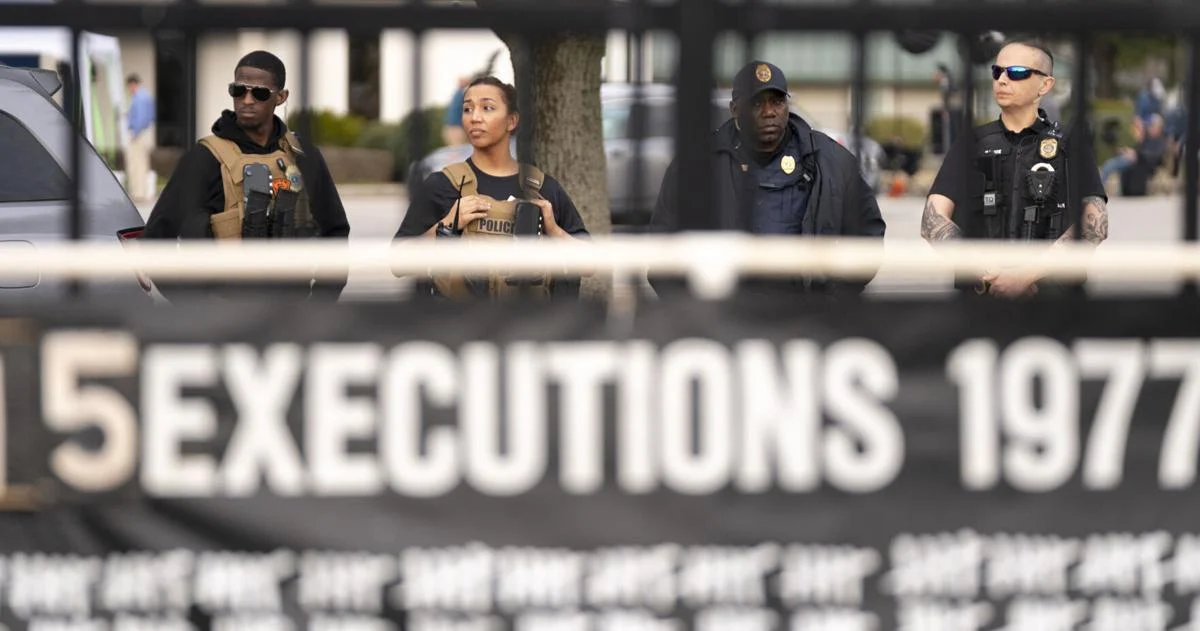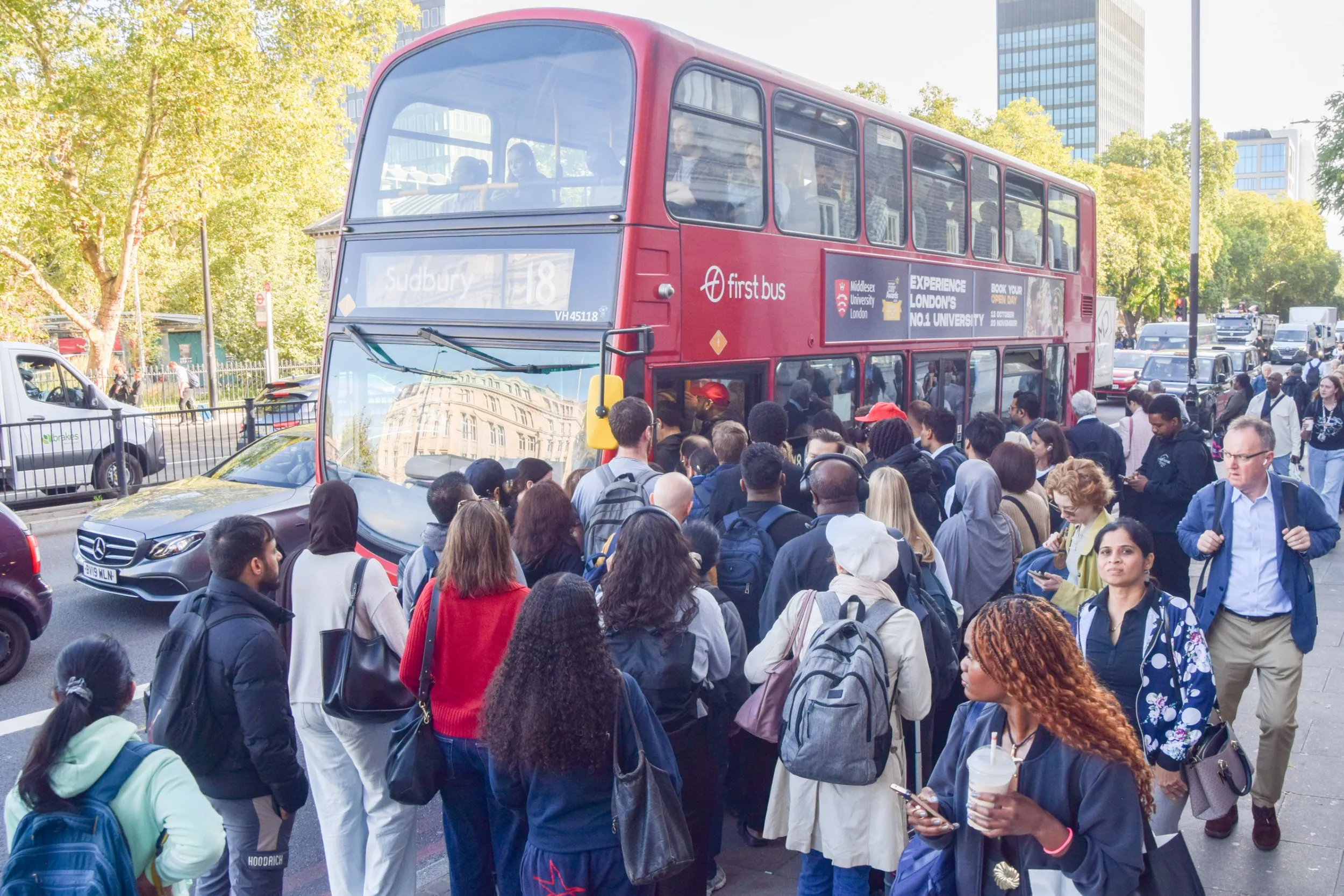
COLUMBIA — Cole Smith saw a gunshot wound appear on Brad Sigmon’s chest before hearing the shots that ended the death-row inmate’s life.
“It was so strange,” said Smith, Sigmon’s spiritual advisor, who had a front-row seat to the state-sanctioned execution in March.
Although what he saw can be explained by the differing speeds at which light and sound travel, Smith described it as an unexpected occurrence in what was already a surreal experience: Witnessing a firing squad shoot Sigmon to death, the execution method’s first use in the U.S. since 2010.
After lying unused for over a decade, South Carolina’s death chamber has seen heightened activity since it reopened a year ago, on Sept. 20. Four prisoners have been executed by lethal injection and another two by firing squad, within a historic five-week interval.
The state ramped up executions following an unintended 13-year pause, when it ran out of lethal injection drugs and the updated death penalty statutes underwent legal challenges. South Carolina’s back-to-back executions coincide with an uptick in the country, resulting in 2025 having the highest number in a decade — even with three months left in the year.
As of Sept. 17, some 31 condemned inmates have been executed in 10 states, according to data compiled by the Death Penalty Information Center. Among them were four convicted murderers in South Carolina, nearly 15 percent of the total.
South Carolina, along with Texas, has the second-highest execution number so far this year. Florida, where execution orders are issued by the governor rather than the courts, leads the count with 12.
The country’s running total this year is the most since 2015, when 28 prisoners were put to death nationwide, the data shows.
The S.C. Department of Corrections said it has carried out executions in accordance with the state Legislature’s policy decisions. Death warrants are issued by the state Supreme Court.
The recent rise in U.S. executions may be attributed to current political trends and court rulings, said Robin Maher, director of the nonprofit Death Penalty Information Center.
Elected officials in some states, she said, may be scheduling executions in an attempt to “bolster their own tough on crime credentials,” in response to the White House’s calls for increased use of the death penalty.
Maher said the U.S. Supreme Court also has not granted any stays of execution in 2025, “a change from its historical role of granting stays to correct the errors that occur in many death penalty cases.”
At the same time, capital punishment researchers emphasize that executions have risen and fallen throughout the nation’s history, as a result of socio-cultural factors.
Within the last century, executions spiked in the 1930s, during the Great Depression, when people were suffering economically, said Deborah Denno, a Fordham University law school professor. Since 1999, she said, executions nationwide have been on a downward trajectory for reasons that include lower public support for capital punishment and challenges related to the lethal injection method.
Denno, who has been studying American executions going back to 17th century colonial times, believes the rise in numbers this year is temporary.
“I think it’s a fluke,” she said, “and things will fall back or continue to fall back in the other direction.”
She also noted that the majority of this year’s executions come from just a handful of states. Besides Florida, Texas and South Carolina, only three other states have so far conducted more than one execution: Alabama, Oklahoma and Tennessee.
The S.C. Department of Corrections, which conducts state executions, said staffers who volunteered to participate in the past year’s lethal injection and firing squad executions have had multiple sources of workplace support.
They include first-responder counseling service and access to the agency’s critical incident stress management team, said department spokesperson Chrysti Shain. The team’s leader has witnessed more than 50 executions in other states, and all its members are certified by the International Critical Incident Stress Foundation, she said.
“Support is often an individualized thing, so each staff member is given what they need, both before and after any event,” Shain said. “Sometimes that support is needed weeks or months later. It is ongoing.”
South Carolina’s latest execution took place in June. The state has 25 other death-sentenced inmates, but their executions have either been stayed or are still going through the normal, decades-long appeals process.



